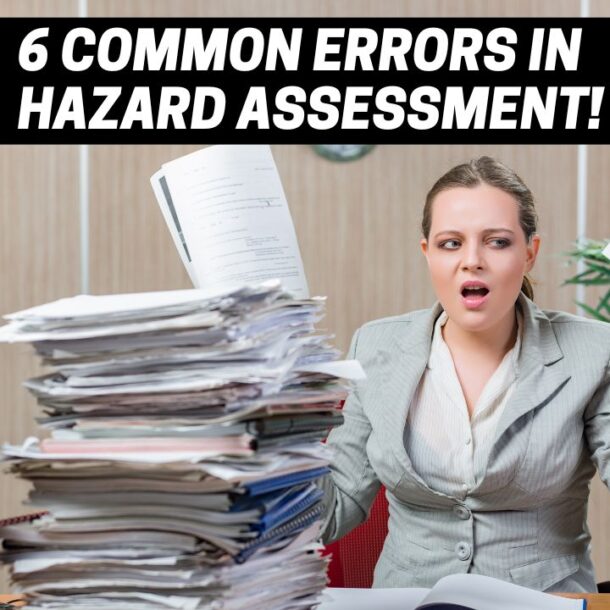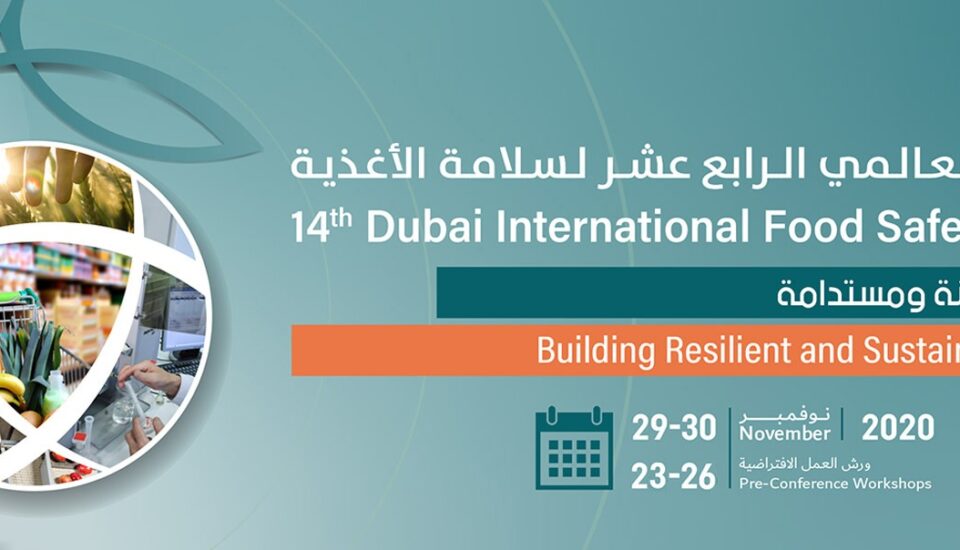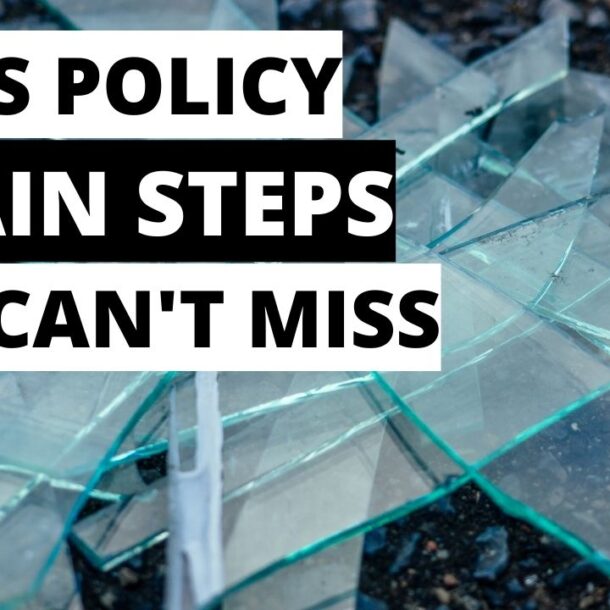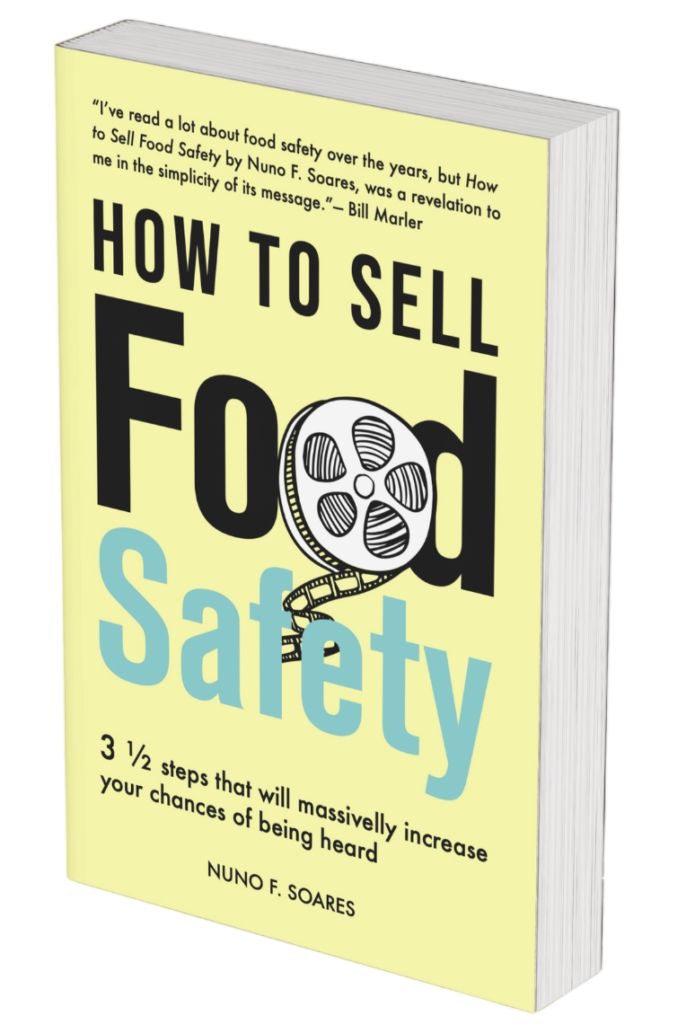
In the food industry, this optimistic bias where food safety is commonly taken for granted is high risk on all levels: wherein top management and workers are complicit thereby believing nothing will happen. This mindset is sometimes erroneously supported in the idea, if it hasn’t happened before why will it happen now.










